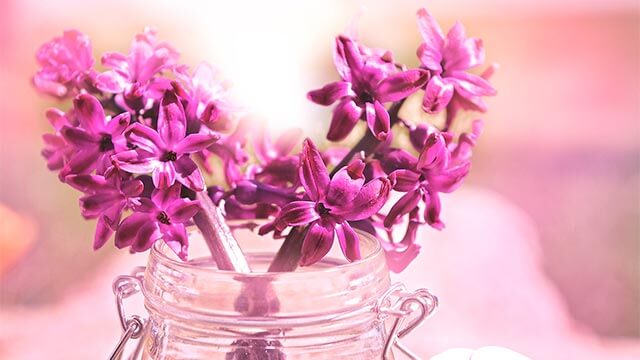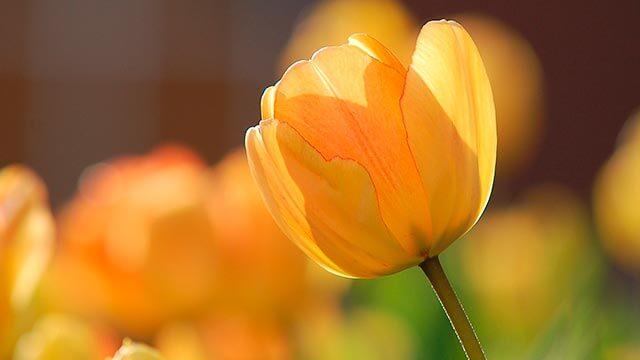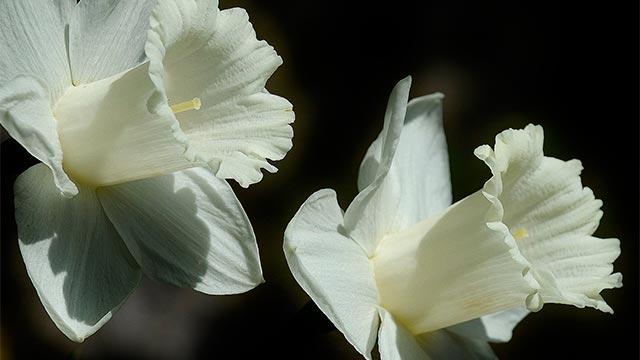Spring And Renewal: What Are The Meanings Associated With Easter Flowers?

Easter represents one of the most beautiful holidays of the year. While many continue to celebrate its Christian roots as the day of Jesus Christ’s resurrection, the bright and colorful holiday has also come to signify with spring and renewal; as a result, people of all religions and belief systems are able to join in on the candy-filled egg hunts, enjoy chocolate rabbits, and give the gift of an Easter flower arrangement. Let’s take a look at both the secular and non-secular meanings associated with these famously vibrant flowers.
Religious Symbolism
Easter represents the mother of all spring flower arrangements. Below are three of the most popular flowers chosen for these spring bouquets and how they relate to the Christian faith.

- Easter Lilies: Because Easter lilies are pure white, they represent purity and hope — two common themes of the resurrection of Christ. In fact, one origin story related to these elegant flowers states that they sprang out of Mary’s tomb, symbolizing her direct ascent to heaven.
- Tulips: While all tulips symbolize passion, belief, and love, white and purple tulips are more associated with forgiveness and royalty, respectively. As such, both have a place in the classic Christian Easter celebration.
- Baby’s Breath: These soft and delicate flowers are meant to represent the Holy Spirit, cementing their role in Christian Easter flower arrangements.
Secular Symbolism
You don’t need to believe in the Christian religion to enjoy the beauty of Easter flower arrangements. Here are three more types of flowers and how they relate to the elegance of spring.

- Daffodils: Daffodils are bright yellow and fit right in as a reminder of the sun that is sure to bring our gardens back to life after winter. Because they are one of the first flowers to emerge in spring, they are an absolute must in spring bouquets.
- Tulips: Tulips have been popular harbingers of spring for centuries. In fact, tulip bulbs were more valuable than gold in 17th century Holland. Red tulips represent true love, and yellow tulips expressly tell a lady that her eyes are beautiful.
- Hyacinths: A hyacinth’s meaning varies depending on its color in secular displays. Red hyacinths say “let’s play” and white is given when you think the recipient is lovely. Purple hyacinths ask for forgiveness, so they could also be utilized in religious Easter flower arrangements.
No matter what you do or don’t believe in, no one can deny that Easter flowers are positively delightful.

